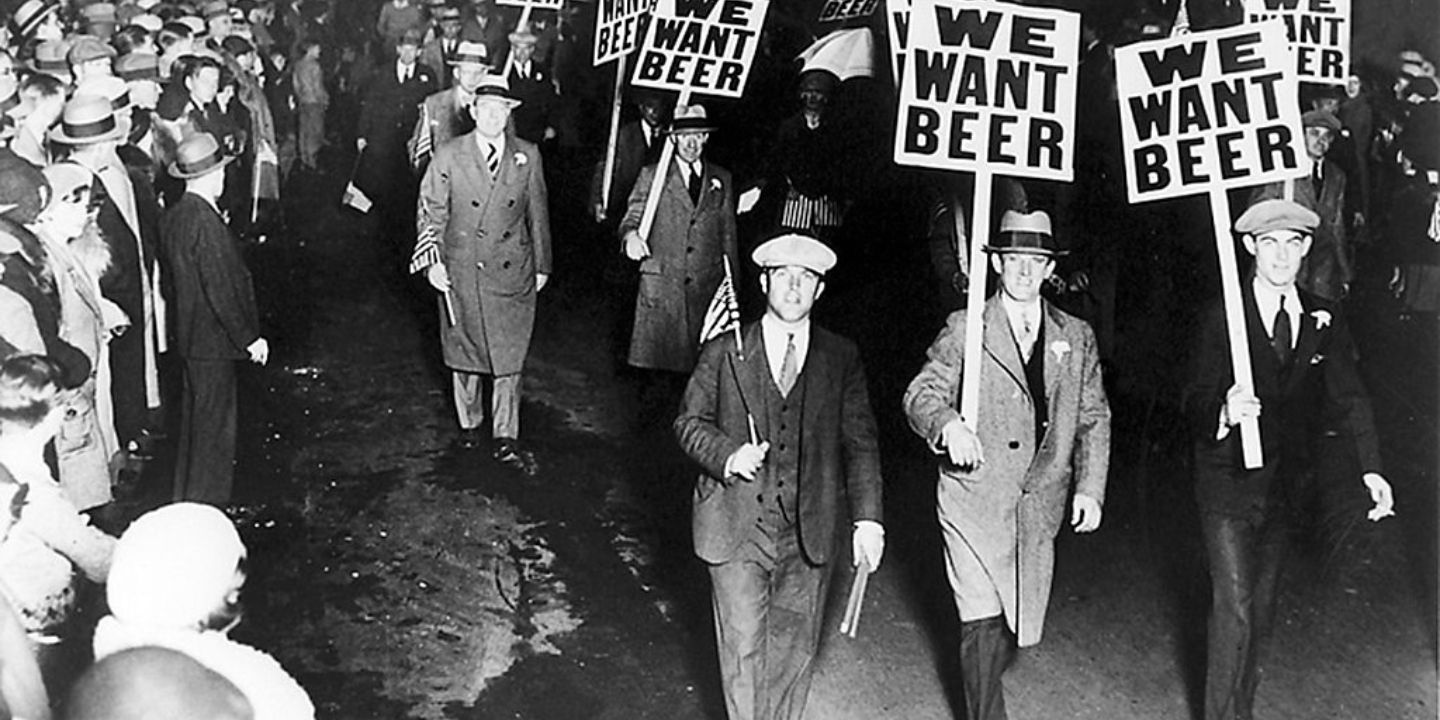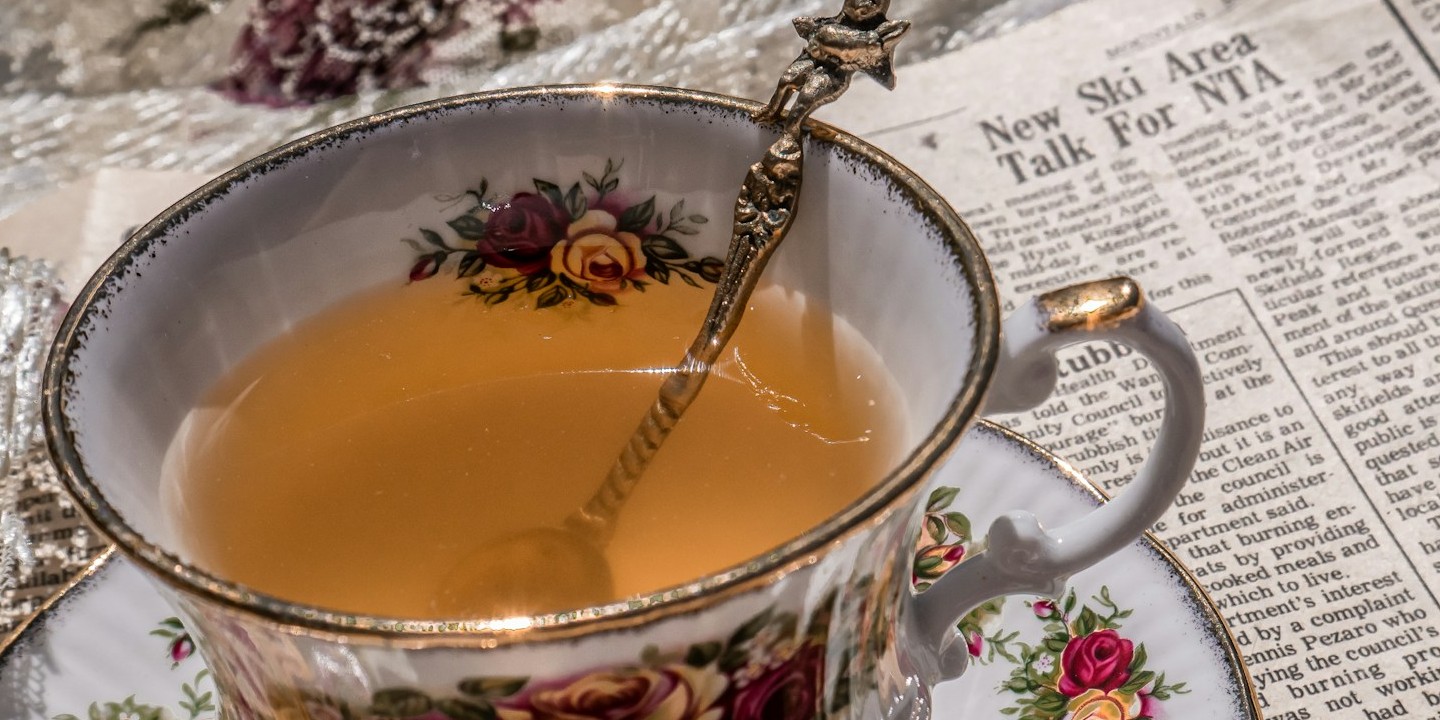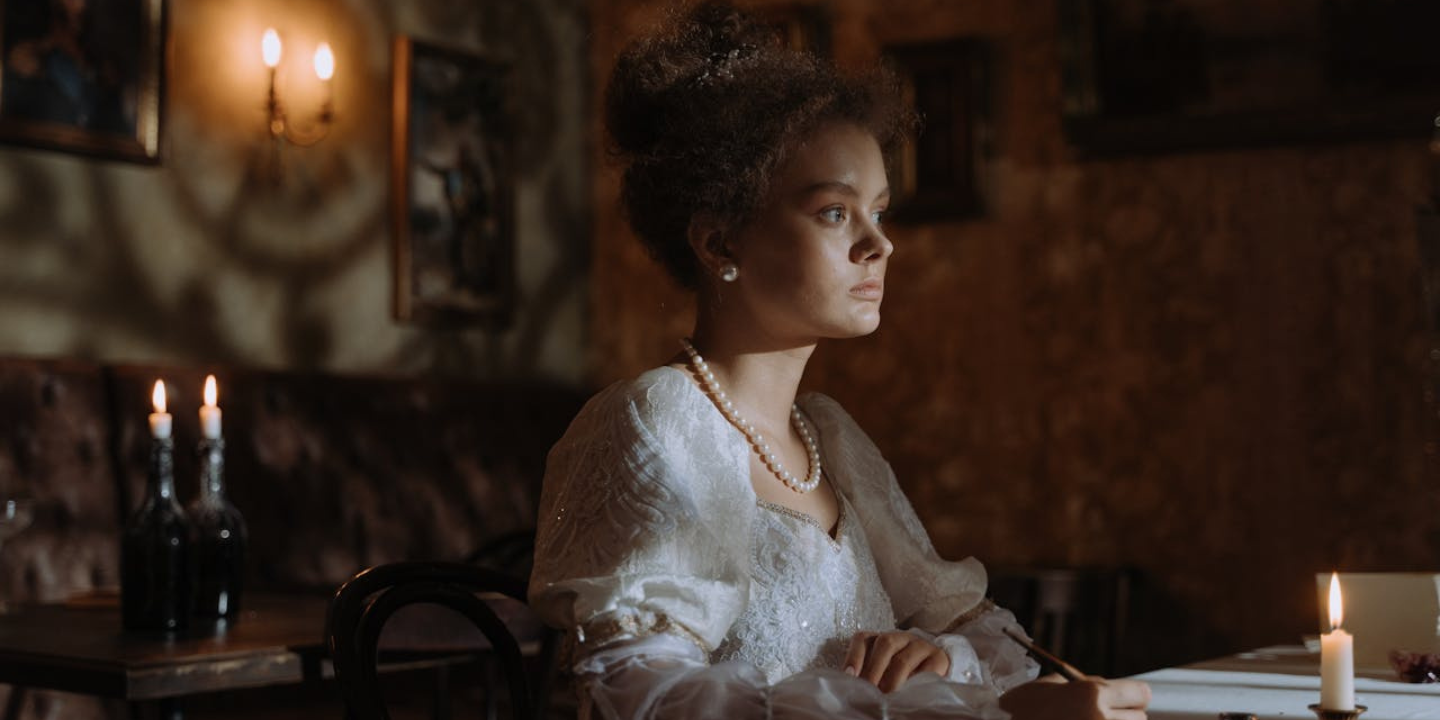A Realistic Regency Era?
Netflix's hit television show Bridgerton is adored for its stunning sets, extravagant costumes, and revolutionary music—one can't help but wonder what the show got right and wrong about the real-world regency era. Set between 1795 and 1837, England's actual Regency period may not have been sunshine and rainbows for most women.
 Photo by cottonbro studio on Pexels
Photo by cottonbro studio on Pexels
1. Always Chaperoned
For most women in the Regency era, being alone with a man was sinful and scandalous. Unless he was your husband, a woman would be accompanied by either a family member or a servant. This protected her reputation, ensuring nothing vulgar was occurring between the two.
 Photo by cottonbro studio on Pexels
Photo by cottonbro studio on Pexels
2. Mandatory Introductions
If a woman spotted someone she was interested in—the last thing she could do was go over and introduce herself. Introductions needed to be formal and made by an appropriate acquaintance. Not only did the woman have to be introduced, but she had to repay the favor by introducing someone else as well.
 Photo by cottonbro studio on Pexels
Photo by cottonbro studio on Pexels
3. Last Name Basis
It may sound crazy today, but in the Regency era, using your prospective partner’s first name during courting was prohibited. Instead, you would refer to each other by your surnames, using the proper title of Sir or Miss.
 Photo by Mikhail Nilov on Pexels
Photo by Mikhail Nilov on Pexels
4. Obedience Above All
One of the most sought-after traits in a Regency woman was her obedience. Not only was this nice to have, but it was demanded. Women were instructed to speak as little as possible and be fully attentive of their male partners.
 Photo by cottonbro studio on Pexels
Photo by cottonbro studio on Pexels
5. The Final Say
Whether it be dancing or courting, the woman did have one trick up her sleeve—she could always refuse any advances. Even if it went as far as a proposal, a woman was never shunned for declining.
 Photo by cottonbro studio on Pexels
Photo by cottonbro studio on Pexels
6. Scandalous Reputations
While gossip and scandal are common occurrences that are annoying at best, in Regency times, the wrong bit of gossip could easily land a woman in court. In fact, it was not unheard of to sue for hurt feelings.
 Photo by cottonbro studio on Pexels
Photo by cottonbro studio on Pexels
7. A Full Dance Card
Dancing was something that was expected of single women. This meant that when you attended a party, being a wallflower was simply not an option. Additionally, you had to give everyone a fair chance and were expected to dance with multiple partners every night.
 Photo by cottonbro studio on Pexels
Photo by cottonbro studio on Pexels
8. The Spinster Class
When you think of marginalized groups, spinsters might not immediately come to mind. However, in the Regency era, any woman who remained unmarried for too long was ostracized from society. These women were often treated poorly and had fewer opportunities.
 Photo by cottonbro studio on Pexels
Photo by cottonbro studio on Pexels
9. Single Rights
If a woman did find herself achieving spinsterhood, there were still legal rights she could hold on to. While married women had no legal say over their children, widows and spinsters were able to retain custody and own property.
 Photo by Alexandros Chatzidimos on Pexels
Photo by Alexandros Chatzidimos on Pexels
10. A Lifelong Commitment
When a woman got married, her vows were sacred and held in the highest regard. This meant divorce was simply not an option. Not only was it made legally difficult—but society as a whole would shun anyone so brazen.
 Photo by Ingo Joseph on Pexels
Photo by Ingo Joseph on Pexels
11. Feeling Powerless
If a marriage was going poorly, a married woman would find herself losing much more than she imagined. Her children belonged to her husband, and she would lose all her property and income in any attempt to separate.
 Photo by cottonbro studio on Pexels
Photo by cottonbro studio on Pexels
12. Hands to Yourself
Skin-on-skin contact was forbidden for unmarried individuals. You may think dancing is pretty intimate, but keep in mind that women had to wear gloves to prevent any physical touch. Aside from dancing, there was no adequate reason for a woman to get close to a man.
 Photo by cottonbro studio on Pexels
Photo by cottonbro studio on Pexels
13. The Art of Conversation
When it came to polite conversation, there were several rules dictating what a woman was allowed and forbidden to speak about. For example, complimenting a dress or asking direct questions was considered rude.
14. Dining Hierarchy
It may surprise you to hear that there was a hierarchy when it came to sitting at a dining table. While most guests could sit wherever, the husband-and-wife hosts would sit on opposite ends of the table, with the two most important guests to their right.
 Photo by cottonbro studio on Pexels
Photo by cottonbro studio on Pexels
15. Table Manners
There were additional dining rules that women were expected to follow. They were prohibited from serving themselves and instead had to wait for men or servants to plate their food or pour wine.
 Photo by cottonbro studio on Pexels
Photo by cottonbro studio on Pexels
16. Varied Education
When it came to education, men and women were treated entirely differently. The goal of a young woman was to become a beloved hostess—so her education focused on musical instruments, conversation, and household management.
 Photo by Dalila Dalprat on Pexels
Photo by Dalila Dalprat on Pexels
17. Ensuring a Legacy
The most important function of a Regency woman was to become a mother. Children were not an option or discussion but were seen as necessary. Keeping a bloodline going was vital, especially for high-society families.
 Photo by Henk Mohabier on Pexels
Photo by Henk Mohabier on Pexels
18. Posture Over All
Women of class were expected to move around the room with a certain level of grace and poise. This didn’t mean simply walking straight and tall, but also with a certain demure and soft nature.
19. Pregnancy Prison
When women were pregnant, the rules seemed to get even stricter. Most of them would be forced to stay indoors and were fed a strict bland diet—forbidden from any exercise or fresh air. This was because people believed diseases traveled in the outside air.
 Photo by cottonbro studio on Pexels
Photo by cottonbro studio on Pexels
20. Marriage or Bust
It comes as no surprise that the entire life of the Regency woman revolved around marriage. While there were some standout individuals who managed to garner a career and a reputation—they were often judged for their inability to meet societal standards. That meant for most ladies, it was marriage or bust.
KEEP ON READING

The Woman Without A Name
Mary Doefour was the woman without a name. In 1978,…
By Robbie Woods Dec 3, 2024
Why The Roaring 20s Was A Great Era In History
The Flappers Danced For RightsThe Roaring 20s was a dramatic…
By Megan Wickens Nov 25, 2024
What Living During The Victorian Era Looked Like
A Time Unlike Our OwnYou’ve read Virginia Woolf, you’ve seen…
By Maria Cruz Nov 21, 2024
What It Was Actually Like Being a Woman During the…
A Realistic Regency Era?Netflix's hit television show Bridgerton is adored…
By Farva Ivkovic Nov 16, 2024
What Did & Didn't Happen During The Cold War
Icing The CompetitionThe Cold War lasted from 1947 to 1991,…
By Farva Ivkovic Dec 8, 2024
Venezuela Explained In 5 Minutes
What is going on in Venezuela? Why? How is it…
By Robbie Woods Dec 3, 2024



